No matter how prestigious your child’s school is or how overprotective you are as a parent, bullying can still occur. When you discover your child has a bully, the experience can be heart-wrenching, but it can end.
To do so, you need to pay attention to the signs that your child presents. Being attuned to their daily activities and personal changes can help you realize if your child is dealing with a bully or not. When you see something, you need to act quickly as an intervention is vital.
You may need to implement several techniques to stop bullying. A behavior change won’t happen overnight due to the complexity of each situation, but you may wonder how to combat this type of cruelty, follow our few tips below.
Table of Content:
This article is part of The Anti Bullying Guide article series
Chapter 1: How to Identify a Bully: The Ultimate Guide
Chapter 2: Bullying Facts: Guide for Parents and Educators
Chapter 3: Examples of Bullying
Chapter 4: Why do Kids Bully?
Chapter 5: How To Deal with Bullying
Chapter 6: How To Stop Bullying (You are here)
Chapter 7: Effects of Bullying and Cyber Bullying
Chapter 8: Stop Bullying Websites: Online Resource List
Pay Attention
Warning signs of bullying may start to appear daily, and as a parent, you may accidentally dismiss them unless you know what signs to observe.
For example, if you see unexplained injuries or that your child forgets many of their clothes at school regularly. That may not be accidental but a sign of bullying.
Not all children show external signs, which is why it is essential to have a daily engaging conversation with your child.
Don’t Brush It Off
If your intuition gives off warning signs that your child is facing a bully, it’s likely that they are and will need your help to stop the abuse. Connect with the coach, teacher, guidance counselor, or principal to address the issue instead of assuming it is “kids being kids.”
Instead, encourage your child to speak about any problems at school with you or another trusted family member. One of the worst things you can do as a parent is to let bullying become a taboo subject in your home.
Keeping a dialogue going, even if it is a quick check-in about friends or teammates will show your child that you care about their world.
Anti-Bullying Policy
Know the school’s anti-bullying policy and get involved to make some positive changes. All 50 states now mandate schools to have procedures in place for bullies, so reach out to your child’s teacher to alert them of the situation but also to get a better idea of the incident.
Depending on the situation, they can take action to help a child in direct need or introduce anti-bullying lessons throughout the school year.
The teacher may not have seen the bullying in person, or is even aware of it; they can keep an eye out in the classroom, hallway, and playgrounds.
Depending on your child’s age, the teacher may need to move the seating arrangements or change group projects. You may need to reach out to the bus driver if the bullying is happening on the school bus. They may need to monitor the bus in some way to catch the bully in the act.
If you find the school isn’t being helpful or responsive, elevate your issue to the school superintendent and possibly the State Department of Education if needed.
Get the Whole Story
When faced with bullying, it is necessary to get to the root of the problem. Trying to sort out the facts while everyone is present isn’t the best method to find out the truth. Instead, talk to everyone involved in the situation – bully, victim, and witnesses – individually without assumptions.
Having this one-on-one time allows you to find out more details that some may not be willing to share in a group setting.
Allowing everyone to share their side of the story, without judgment or the worry of retaliation, can help you put the pieces together easier.
You may realize that the “bully” is the victim who had reached a breaking point and started to retaliate against his or her tormentor.
Bystanders
You may wonder how someone could be a bystander to bullying and not stop it. Fear can drive this behavior in avoidance of becoming a target themselves.
People may be a bystander because they do not know what to do or because they’re in shock that this behavior is even happening.
Teach your child that even being a bystander can mean that they are an indirect victim of bullying. By not reacting or feeling powerless to respond, they are allowing themselves into submission by the bully.
However, teach your child to know that they can confront the bully during the act. This step takes courage and high self-esteem, but by doing so, the bully will often top, giving other “non-bullies” to challenge the bully to stop. Confronting a bully is a hard thing to do, no matter your age.
Get Professional Help
Know your level of expertise rather than relying on assumptions. If you see a situation of bullying has developed into a situation that is beyond your level to manage, reach out to a nurse, counselor, or psychologist to help that child. It is okay to admit that you do not have all the answers, and receiving help might be the best thing for your family.
Respect Others
To prevent bullying to your child is also to ensure that your child is not a bully. Children may not realize that teasing and spreading rumors about other students is considered bullying.
Teach them to respect others and talk to an adult if they are frustrated with their classmates. By learning to pause for a minute instead of saying something offensive can prevent bullying.
Connecting with Authorities
If the bullying escalates into involving weapons, threats, physical harm, or even sexual abuse, it is time to call the police. Try not to manage anything illegal by yourself, and if you do need to approach the authorities, be ready to show them evidence such as screenshots, text messages, or property that they have damaged.
Influence Anti-Bullying
You have the power to influence your family and friends to stop bullying. By spreading the awareness of a bullying issue and change needs to occur to prevent it. Supporting your child can make a real difference as incidents at school reduce when their peers take a stand.
Final Thoughts
Bullying teaches essential life lessons. When you see signs of bullying, stop it quickly, and address any questionable behavior. Listen to each child and their account with an open mind as the story that they tell will either have a negative or positive impact on the situation.
Your child can learn to become empowered in a bullying situation as they develop their ways to cope and sense of self-confidence. They can stand up to bullying and make a real difference among their peers.
Table of Content:
This article is part of The Anti Bullying Guide article series
Chapter 1: How to Identify a Bully: The Ultimate Guide
Chapter 2: Bullying Facts: Guide for Parents and Educators
Chapter 3: Examples of Bullying
Chapter 4: Why do Kids Bully?
Chapter 5: How To Deal with Bullying
Chapter 6: How To Stop Bullying (You are here)
Chapter 7: Effects of Bullying and Cyber Bullying
Chapter 8: Stop Bullying Websites: Online Resource List

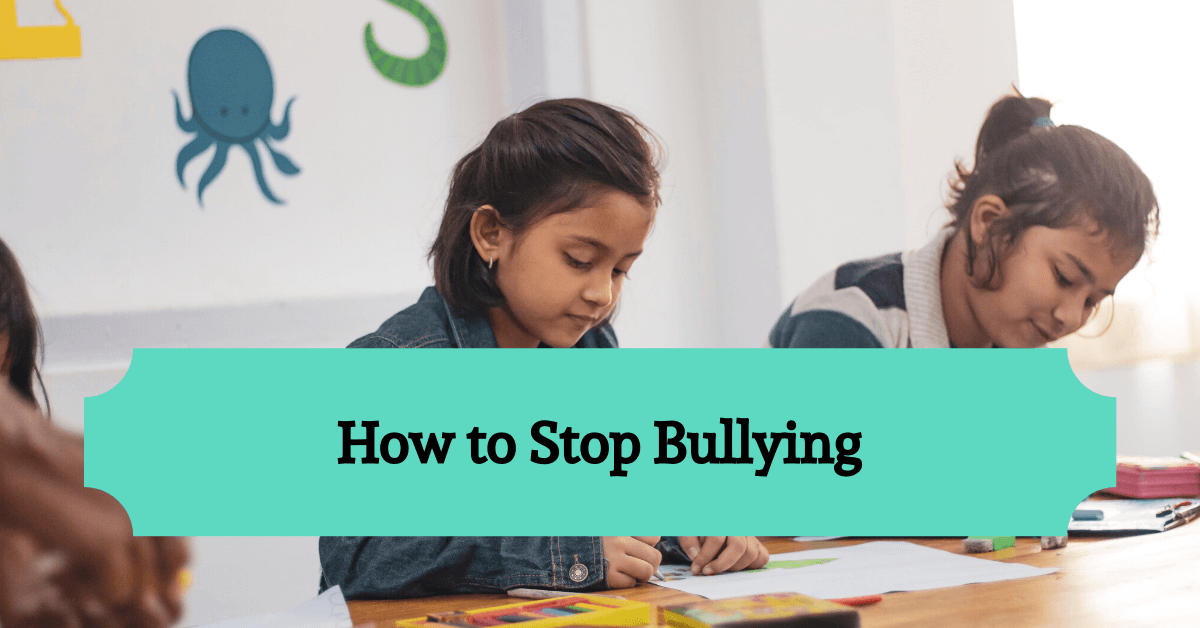





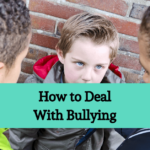
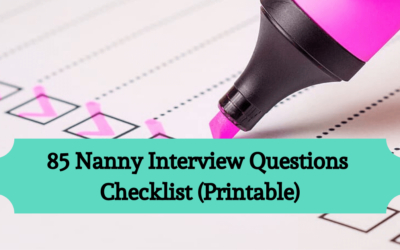
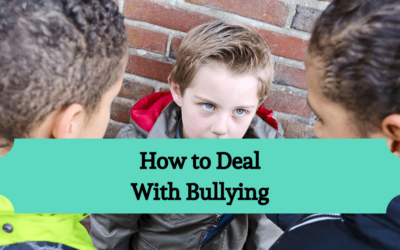
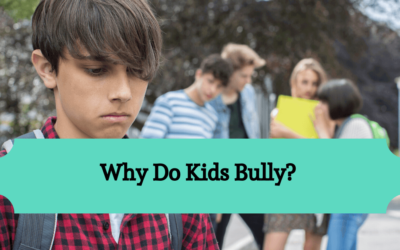
0 Comments